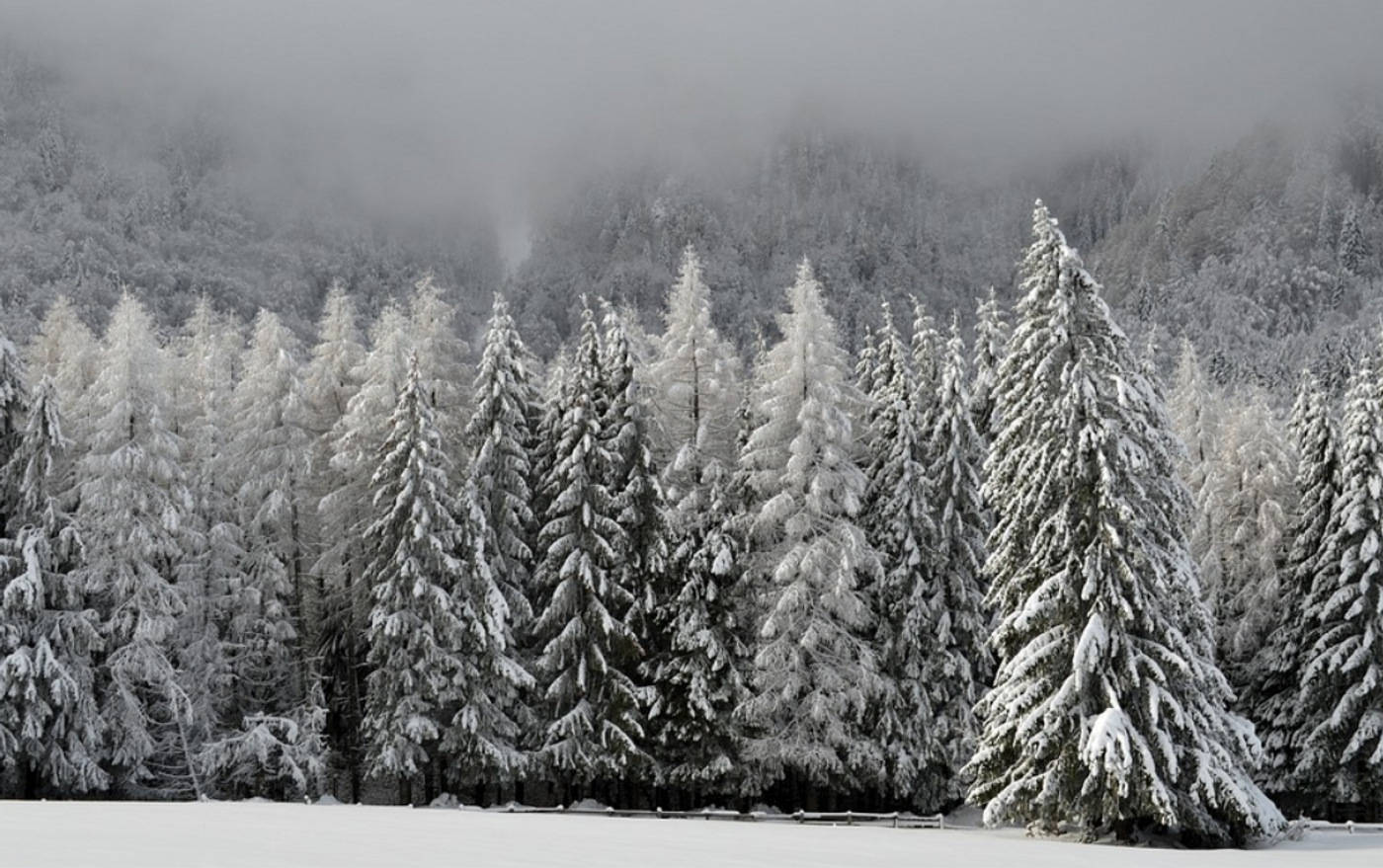Tracking the Paths of Snowflakes
It is often said that no two snowflakes are alike, but new research has suggested that they still behave in similar ways. Snowflakes tumble down through a turbulent environment before reaching the ground, and they don't take a direct path on the way, according to new research. The work, reported in the journal Physics of Fluids, indicated that snowflakes swirl as they fall. This research has provided insight into the complex movement of falling snowflakes, which can help improve weather pattern prediction and our understanding of climate change.
In this study, the investigators determined that regardless of the type of snowflake or the amount of turbulence in the air, there is a universal pattern that characterizes the acceleration of snowflakes, which can be characterized by an exponential distribution.
"Even in the tropics, precipitation often starts its lifetime as snow," noted study co-author Timothy Garrett. "How fast precipitation falls greatly affects storm lifetimes and trajectories and the extent of cloud cover that may amplify or diminish climate change. Just small tweaks in model representations of snowflake fall speed can have important impacts on both storm forecasting and how fast climate can be expected to warm for a given level of elevated greenhouse gas concentrations."
To collect data for this research, the scientists withstood 900 inches of falling snow, filming the action and measuring atmospheric turbulence during that snowfall. They created a device that includes a laser light sheet to measure snowflake density, mass, and size.
They found that fluffier snowflakes, which have lower densities, also react the most to turbulent eddies in the air. This was an expected finding, added Garrett. Snowflake accelerations were shown to have an an exponential frequency distribution with an exponent of three halves, a pattern that also held for changes in the terminal velocity frequency distribution. Less is known about what creates this factor of three.
"Snowflakes are complicated, and turbulence is irregular. The simplicity of the problem is actually quite mysterious, particularly given there is this correspondence between the variability of terminal velocities, something ostensibly independent of turbulence, and accelerations of the snowflakes as they are locally buffeted by turbulence," noted Garrett.
Size determines terminal velocity, so cloud turbulence that affects the size of snowflakes could also be related to the turbulence that is observed at ground level.









